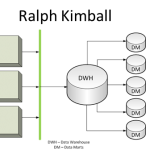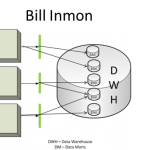We have many different ways to poll the Oracle database such as: Select Statements, functions or store procedures. I am going to write about a specific way of polling Oracle Database: Store Procedures. We have to be very careful writing the parameters properly.
I am going to describe the step we have to follow to import the schemas and binding from the Oracle database.
First of all we have to select the binding we are going to use, and then we have to connect to the Oracle database, for that we have to introduce the username and password as show below it.
Then we have to specified the Data source name where the store procedure is, and in this case specified a polling Id, this field can be fill with anything you want, I mean you can use numbers and/or letters.
In this step we can configure the binding properties like that:
- Polled Data available Statement: Indicates the query which tells us if there are any data to poll.
- Polling actions: Indicates the URL where the Store procedure is, its name looks something like that:
http://Microsoft.LobServices.OracleDB/2007/03/PP/PackageName/StoreProcedureName
- Polling statement: It is a XML Code which indicates the store procedure we want to use to get the data we are looking for, and the parameters we have to send to it to get the information. Here is very important that all the fields are in capital letter, if not we are going to get and error.
<StoreProcedureName xmlns=”http://Microsoft.LobServices.OracleDB/2007/03/USER/Package/NamePackage”>
<PARAMETER1>12</ PARAMETER1>
< PARAMETER2>Evento</ PARAMETER2>
</ StoreProcedureName >
Remember the name of the field or parameter is in capital letter, otherwise you get and error when you run the application.
When you have imported the schemas, you have to build and deploy the application in visual studio. Then in Biztalk Server Administration console you have to import the binding which was generated when you import the schemas.




